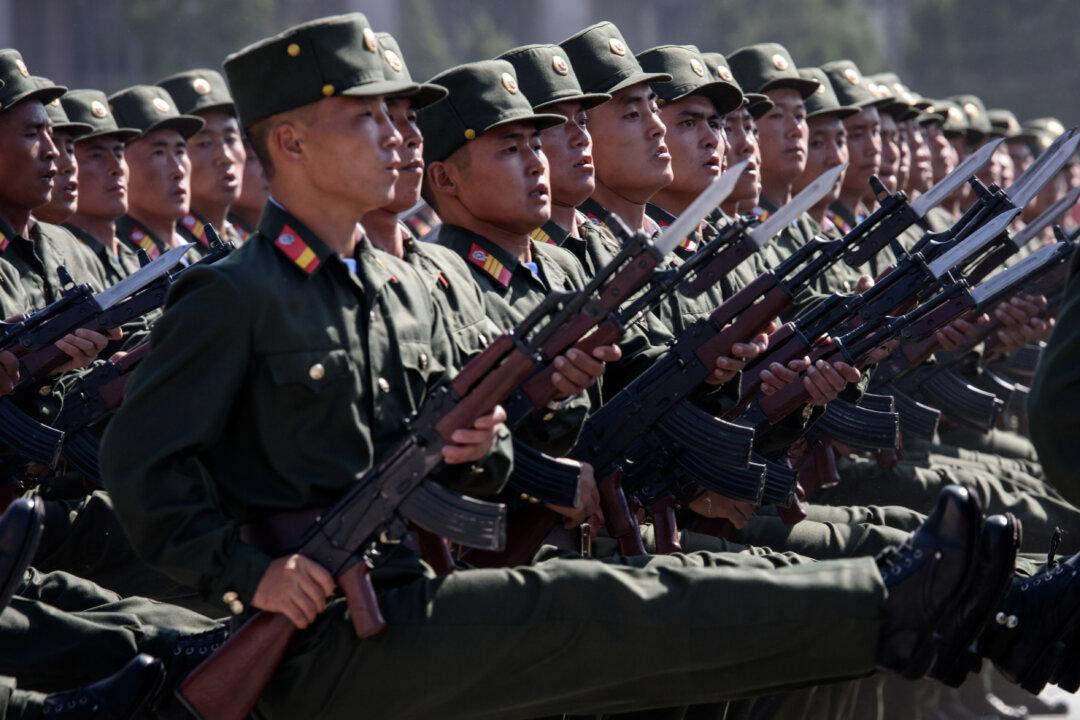VULINDLELA, South Africa—A jovial nurse weighs a slim 20-year-old woman in a cramped room inside a hospital in Durban, South Africa.
The patient is wearing a scarlet top, her blue jeans fashionably tattered, her hair a tangle of braids. Her faux diamond earrings swing and sparkle under fluorescent tubes of white light.





